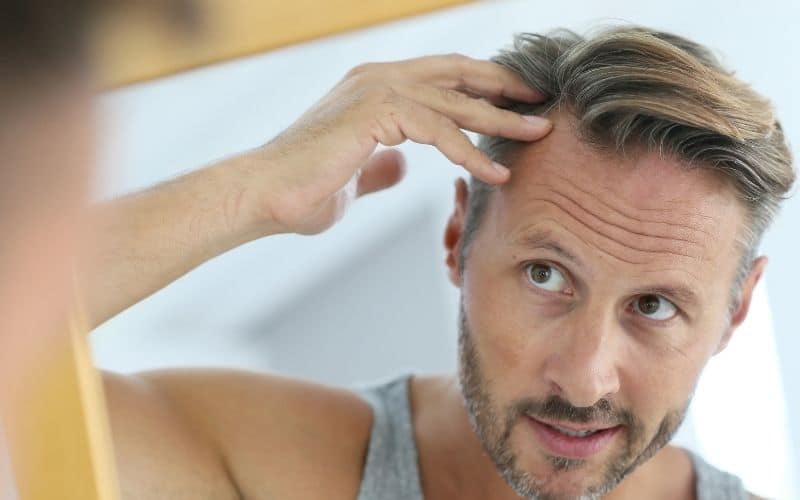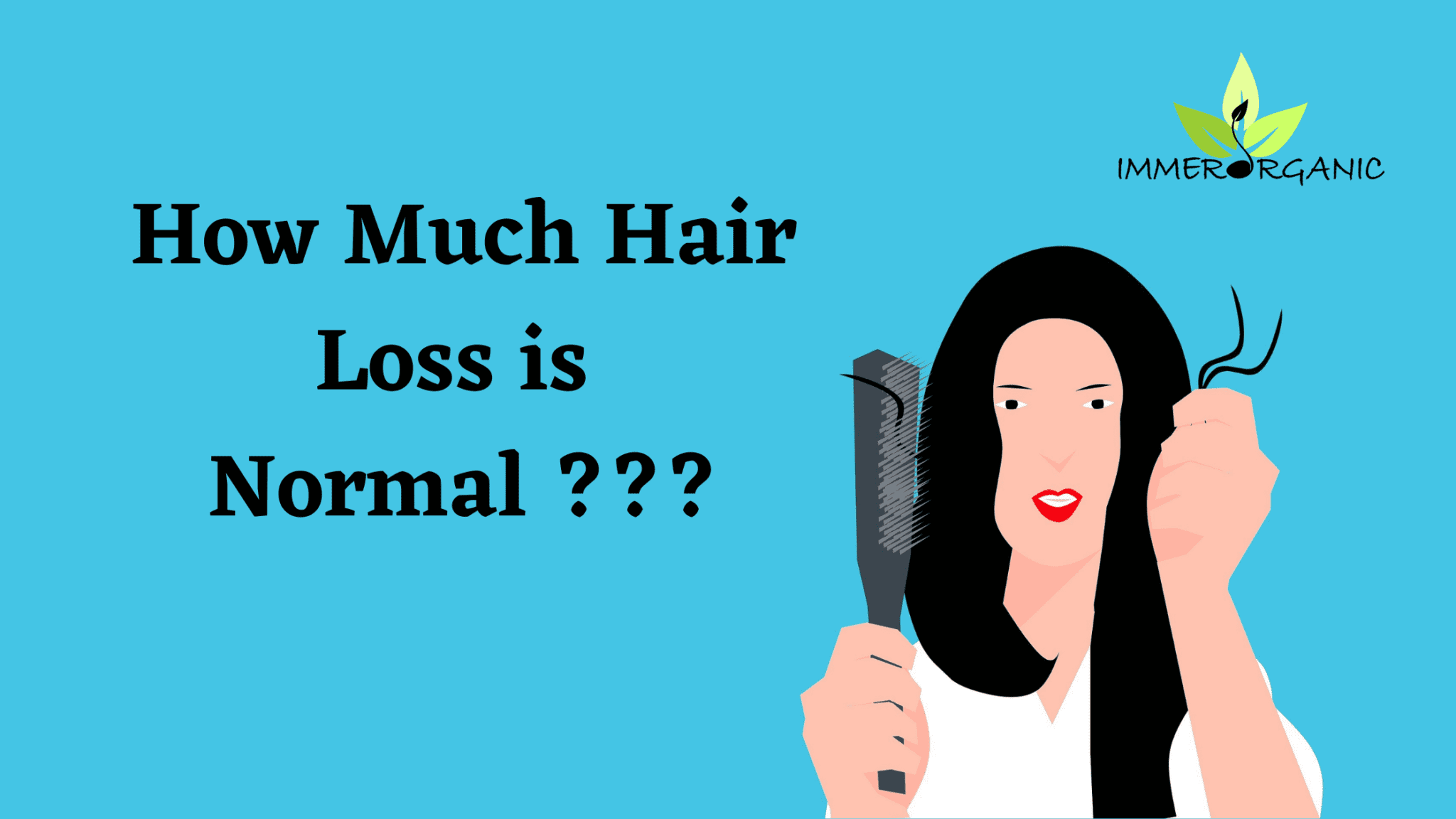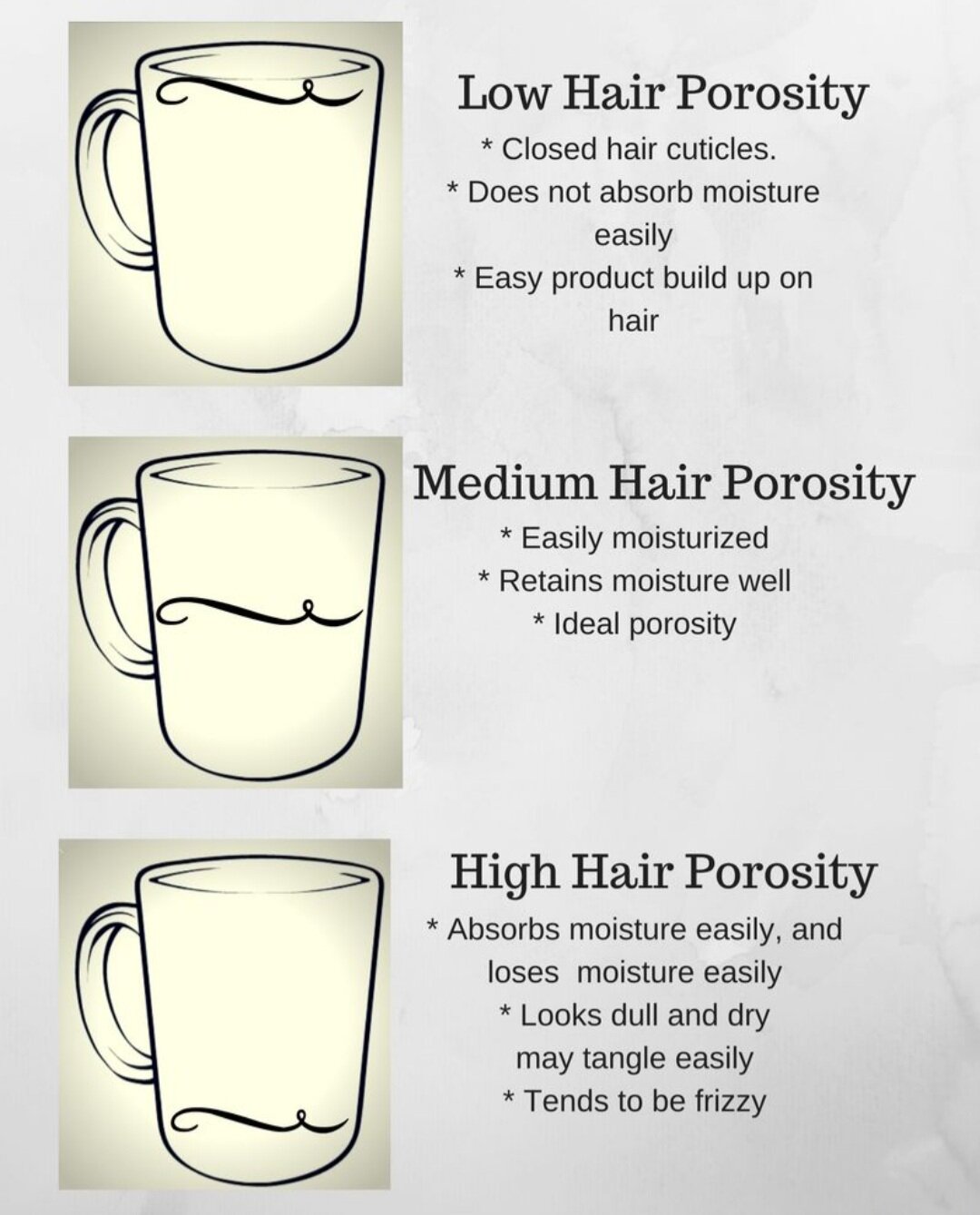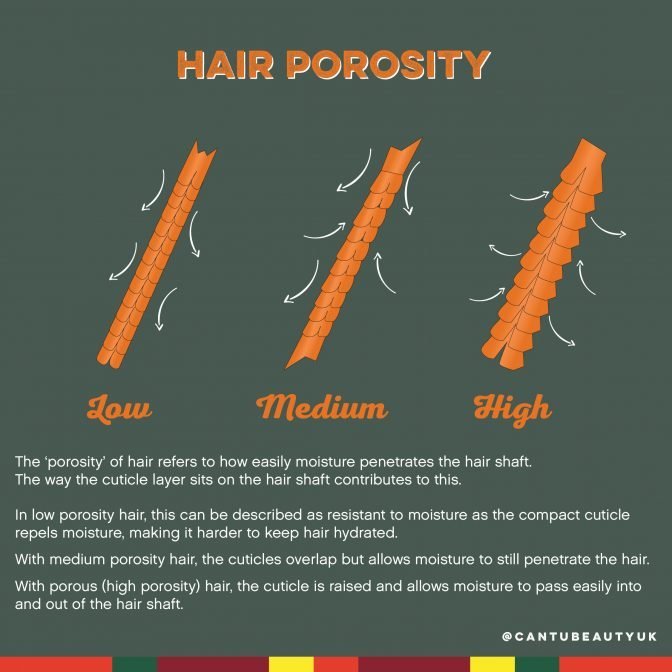Table Of Content

That’s because your hair cycle got interrupted due to illness. But this will settle down, and your hair will begin to grow back again. So the 100 hair shed per day rule is a rough estimate to work with. At the moment, it applies to both men and women and across all ages.
Hair Falling Out While Brushing
The latter doesn't accurately indicate whether your hair loss is normal or something to worry about, and Kingsley cautions about using this as a barometer due to its addictive nature. "I find that if a person pulls on his or her hair and does not see any hair the first time, he or she will repeat the action four or five times until hair comes out," he says. "It is almost as if people want continuous proof that their hair is falling out." When you start to notice some extra hair in your brush or circling the shower drain, it's natural to be come worried about hair loss.
stress
The water and the act of washing and rinsing can loosen and dislodge hair that is already in the shedding phase of the hair growth cycle. This can give the impression of losing more hair in the shower. According to the American Academy of Dermatologists, it’s normal to lose anywhere from 50 to 100 strands of hair per day. For people with longer hair strands, losing them may be more noticeable.
Androgenic alopecia
A Woman Went Viral for Documenting Her Hair Loss After Stopping Birth Control, But Can That Really Happen? - Shape Magazine
A Woman Went Viral for Documenting Her Hair Loss After Stopping Birth Control, But Can That Really Happen?.
Posted: Wed, 15 Jun 2022 07:00:00 GMT [source]
"This is something I talk to patients about a lot. In general, I tell patients not to worry if their daily hair loss is 150 or less — maybe even 200 hairs for people with thick hair," Dr. Kuhn says. Or your bathroom floor is basically a graveyard of many, many strands. Anyone noticing shorter or broken hairs in their brush may wish to talk to a dermatologist about more natural hair care options or ways to strengthen the hair. It is important to note that shedding is not the same as permanent hair loss. The hair should return to its previous thickness following the resolution of the underlying cause. Also, hair loss due to dieting or vitamin deficiency will correct itself when you replenish with a healthy diet and vitamin levels.

If you're dealing with hair shedding or hair loss, it's crucial to understand that there could be many underlying causes. The best course of action is to schedule an appointment with a board-certified dermatologist if you're experiencing excessive shedding or noticeable hair loss. Once they've determined the cause, they can recommend available treatment options to help you combat your hair shedding or loss.
Addressing shortfalls through diet and supplements: Does it help hair growth?
In most cases, hair loss returns to its regular rate within a few months. The average person loses about 50–100 hairs each day, and this number may increase naturally as the person ages. Losing anywhere from 50 to 100 hairs every day is considered normal by the American Academy of Dermatology. It varies from person to person, some lose more and some less. The everyday wear and tear from combing, washing and styling causes hair to chip and split. Plus, whenever you are using a hot tool on your hair, like a flat iron or curling wand, use a protectant—or use low heat to preserve the integrity of your strands without sacrificing the style.
document.getElementsByTagName('head') .appendChild(rs);
No more than 10 hairs per 100 strands being tugged should be coming out. Stress and certain health conditions may cause increased shedding. As a part of hair growth cycle, new hair grows to replace the fallen hair.

Your clinician might prescribe anti-inflammatory medications, like corticosteroids, if hair loss seems related to an autoimmune condition. Over-the-counter (OTC) medications generally consist of topical creams, gels, solutions, or foams that you apply directly to the scalp. The most common products contain an ingredient called minoxidil.
What is hair loss?
Another thing Dr. Fox suggests paying attention to is the amount of hair you’re shedding when you’re brushing your hair. Pay attention to how much hair is falling onto the floor while you’re styling it as well as how much your brush collected. Make sure you start with a totally clean brush and stand on a towel so you can easily gather and assess the amount of hair in your brush and that fell onto the floor. A 2005 study found that the realization of hair loss among men was linked to a concern about losing an important part of personal attractiveness, negative effects on social life and even feelings of depression.
A hair pull test is a clinical examination conducted by a healthcare provider, often a dermatologist, to evaluate the hair condition and assess the extent of hair loss. It is important to note that this type of shedding is temporary and normal. As the body gradually readjusts, the excessive shedding subsides, and within six to nine months, the hair typically regains its normal fullness. In reality, the hair loss experienced during showering is often within the normal range of daily shedding.
If you like the idea of adding supplements to your routine, there are some which are specifically formulated to contain ingredients that increase hair thickness and health. Being gentle with your hair while it’s experiencing change is important so as not to exacerbate any thinning. It goes without saying that excessive heat and chemical treatments aren’t a good idea, but try and opt for protective hairstyles too. “Opt for hairstyles that minimize tension on the hair follicles, such as loose braids, buns or ponytails,” advises Gaboardi. “Avoid tight hairstyles and hair accessories that pull on the hair and handle your hair with care to minimise breakage and damage. “Increased shedding in the shower” could also be a sign of significant hair loss, says Fox.
Remember that early intervention is key to achieving the best outcome, so don't wait to seek medical advice. On a similar note, many people experience lowered iron levels when they get their period or just in general, and that can throw things off, according to Kingsley. Most people notice the excessive hair shedding a few months after the stressful event.
Since there are 100,000 hair follicles — or more — on each person’s scalp, the loss of 100 or so hair strands a day doesn’t make a big difference in appearance. Hair loss, on the other hand, is when something happens that actually stops your hair from growing, the AAD explains. Examples of this include hereditary hair loss, losing hair because of a medication like chemotherapy, using harsh hair care products, or having a compulsion to pull out your own hair.
Dr. Bergfeld also recommends using a wide tooth comb to help tame your locks. Using a bristle brush or small toothed comb can cause breakage and pull out more hair. The average person loses 50 to 100 hairs a day, but it really depends on length and thickness of the hair. People with shorter or thinner hair appear to shed less.







